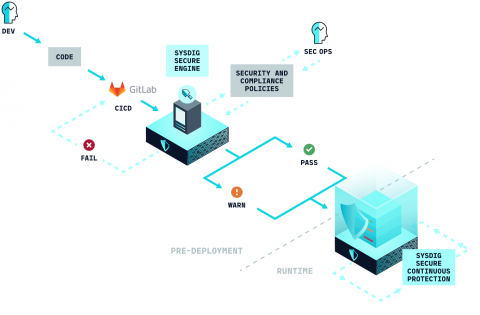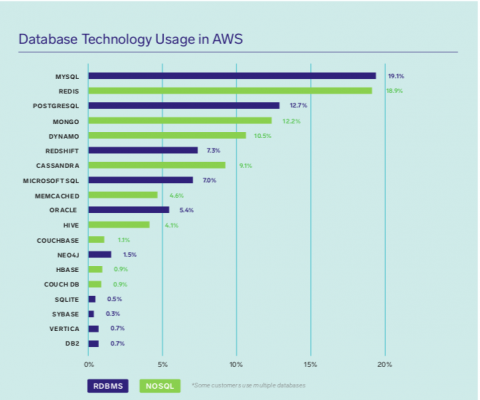Calculating MTTR: An Evolution Driven by the Rise of DevOps
The shift to cloud computing and the DevOps revolution have fueled some important changes in the way we think about software development and monitoring. It has delivered huge benefits to the companies that have fully embraced the approach. In fact, the DevOps Research and Assessment (DORA) 2018 industry survey found a new small group of “elite” performers that are deploying code far more often and having a far better mean time to resolution (MTTR) than the next closest group.










